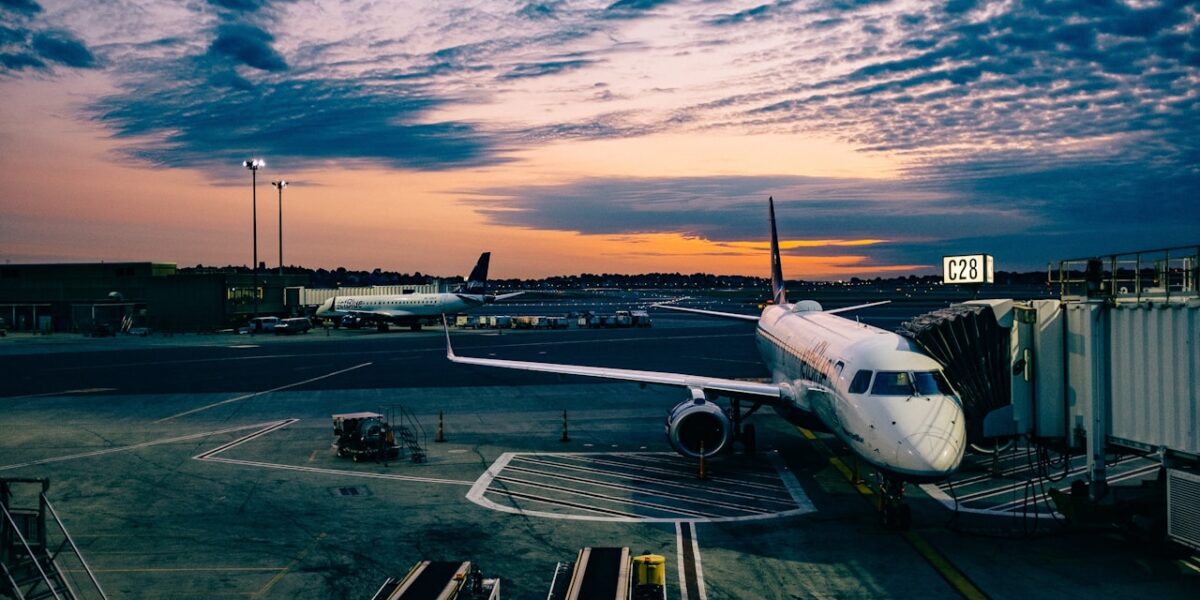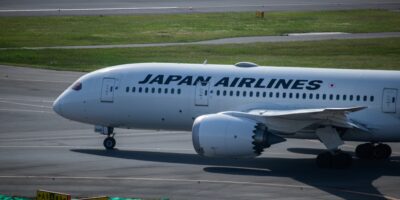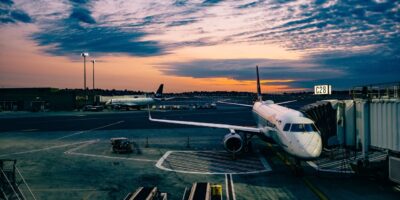Aviation Newsletter
The aviation industry is a complex, vital sector. It encompasses airlines, airports, aircraft manufacturers, and many supporting service providers. Staying informed about industry trends, regulations, and technological advancements is crucial. This aviation newsletter covers a range of topics relevant to aviation professionals and enthusiasts.

Technological Advancements
Aircraft technology continues to evolve rapidly. This year, a significant focus has been on enhancing fuel efficiency and reducing emissions. Boeing and Airbus have introduced new models featuring more efficient engines. These engines use materials such as ceramic matrix composites, which can withstand higher temperatures and improve fuel burn.
Electric aircraft are another area of development. Companies like Eviation and Pipistrel are leading the charge. Their electric-powered planes aim to revolutionize short-haul flights by offering zero-emission alternatives. Although currently limited by battery technology, advancements are expected to increase range and payload capacity.
Autonomous Flight
Autonomous flight is no longer a distant dream. Major industry players are investing in pilotless technology. Airbus’ Project Wayfinder and Boeing’s Autonomous Passenger Air Vehicle program are at the forefront. These projects aim to develop systems that can handle all aspects of flight, from takeoff to landing. Though regulatory and technical challenges remain, the potential benefits include increased safety and reduced pilot shortages.
Regulatory Updates
Aviation is heavily regulated due to its safety-sensitive nature. The International Civil Aviation Organization (ICAO) and various national bodies continually update guidelines. One recent change involves the 5G wireless rollout. Airlines and regulators have raised concerns about potential interference with aircraft altimeters. Several countries have put mitigations in place, including buffer zones around airports.
Another important regulation is related to carbon emissions. The Carbon Offsetting and Reduction Scheme for International Aviation (CORSIA) requires airlines to offset their emissions. This has increased investment in carbon offset projects and sustainable aviation fuel (SAF). SAF, derived from renewable sources, has the potential to reduce lifecycle carbon emissions by up to 80% compared to traditional jet fuel.
Market Trends
Post-pandemic recovery in the aviation industry is uneven. Domestic travel has rebounded faster than international travel. Airlines have adapted by focusing more on short-haul routes. Business travel remains subdued as companies continue to rely on virtual meetings. This shift has prompted airlines to reconsider their fleets, with many retiring wide-body aircraft in favor of more versatile narrow-body jets.
Low-cost carriers (LCCs) are gaining market share. Their focus on efficiency and affordability appeals to price-sensitive travelers. Ryanair, Southwest Airlines, and other LCCs are expanding routes. At the same time, legacy carriers are launching their own low-cost subsidiaries to compete.
Airport Innovations
Airports are investing in technology to enhance passenger experience and operational efficiency. Biometric screening is being deployed to streamline security and boarding processes. Facial recognition and automated kiosks reduce wait times and improve accuracy. In addition, many airports are implementing touchless technologies in response to health concerns. Mobile apps and self-service options are becoming standard.
Workforce Dynamics
The aviation workforce has faced significant challenges. Pilot shortages, heightened during the pandemic, remain a pressing issue. Airlines are increasing pay and offering incentives to attract and retain pilots. Training programs are also ramping up, with some carriers establishing their own academies.
Cabin crew members and ground staff are experiencing changes in their roles. Enhanced health protocols and customer service expectations mean additional training and responsibilities. Industry associations are advocating for better working conditions and support mechanisms.
Safety Enhancements
Safety remains the top priority in aviation. The industry adopts a proactive approach, learning from incidents and continuously improving standards. Recent safety enhancements include improved pilot training and advanced simulation techniques. Scenario-based training helps pilots prepare for a wider range of potential issues.
Data analytics is being used to predict and prevent incidents. Airlines and regulators analyze vast amounts of data from flight operations to identify trends. This data-driven approach enables early intervention and mitigates risks before they become critical.
Sustainability Efforts
Sustainability is a growing focus for the aviation industry. Airlines are investing in newer, more efficient aircraft and sustainable aviation fuels. These fuels, made from renewable sources, significantly reduce carbon footprints. Collaborative efforts between manufacturers, airlines, and fuel producers are driving progress.
Additionally, airlines are exploring ways to reduce waste and increase recycling. Initiatives such as eliminating single-use plastics and improving in-flight recycling programs are gaining traction. Airports are also participating by implementing energy-efficient practices and reducing their overall environmental impact.
Passenger Experience
Enhancing the passenger experience is critical for airlines and airports. Innovations in in-flight entertainment, connectivity, and comfort are priorities. Many airlines are upgrading their fleets with modern, more comfortable seats. Improved in-flight Wi-Fi connectivity is becoming standard, allowing passengers to stay connected throughout their journey.
Airports are also enhancing facilities with better amenities. Lounges, retail options, and dining experiences are being upgraded to cater to diverse passenger needs. Real-time information systems are improving, providing passengers with current flight status and gate information, which helps in reducing stress and enhancing the travel experience.
Future of Aviation
The future of aviation holds exciting possibilities. Sustainable flying and autonomous flights will likely become more prevalent. Emerging technologies, such as artificial intelligence and blockchain, promise to streamline operations and enhance safety. For instance, AI can optimize flight paths and manage air traffic more efficiently, reducing delays and fuel consumption.
Innovations like urban air mobility (UAM) are also on the horizon. UAM envisions a network of small, electric vertical takeoff and landing (eVTOL) aircraft operating within cities. Companies like Uber Elevate and Joby Aviation are working towards making this a reality. These air taxis could offer a new mode of urban transportation, reducing ground traffic congestion.
Economic Impact
The aviation industry significantly impacts the global economy. Besides direct employment, it supports tourism, trade, and commerce. According to the Air Transport Action Group (ATAG), the industry supports over 65 million jobs and contributes approximately $2.7 trillion to global GDP.
Regional developments also play a role. Rising middle classes in countries like India and China are driving increased travel demand. Consequently, airlines are expanding their fleets and route networks to tap into these growing markets. These expansions create a ripple effect, boosting related sectors such as hospitality and retail.
Challenges and Opportunities
The aviation industry faces several challenges. Rising fuel prices pose a significant cost pressure. Airlines are adopting strategies like fuel hedging and fleet renewal to mitigate this. Political and economic uncertainties, such as trade tensions and pandemics, also impact travel demand and operations.
However, these challenges come with opportunities. Technological advancements present new business models and revenue streams. Airlines are exploring cargo operations and partnerships with logistics companies. Additionally, the growing interest in air travel in emerging markets offers vast growth potential.
Innovations in Aircraft Design
Advancements in aircraft design are setting new benchmarks. Composite materials like carbon fiber reduce weight and enhance durability. New aerodynamic designs, such as blended wing bodies (BWB), promise significant efficiency gains. These designs reduce drag and result in lower fuel consumption.
3D printing is revolutionizing aircraft manufacturing. It allows for the production of complex parts with reduced lead times and costs. Aircraft manufacturers are increasingly using 3D-printed components for engines and interiors. This technology also enables faster prototyping and customization.
Conclusion
Aviation is an ever-evolving industry with a dynamic landscape. Whether you’re a professional or an enthusiast, staying informed is key. This newsletter aims to provide insights into the latest developments, trends, and challenges. The future of aviation is filled with promise and innovation, and understanding these facets is essential for everyone involved in this fascinating field.



